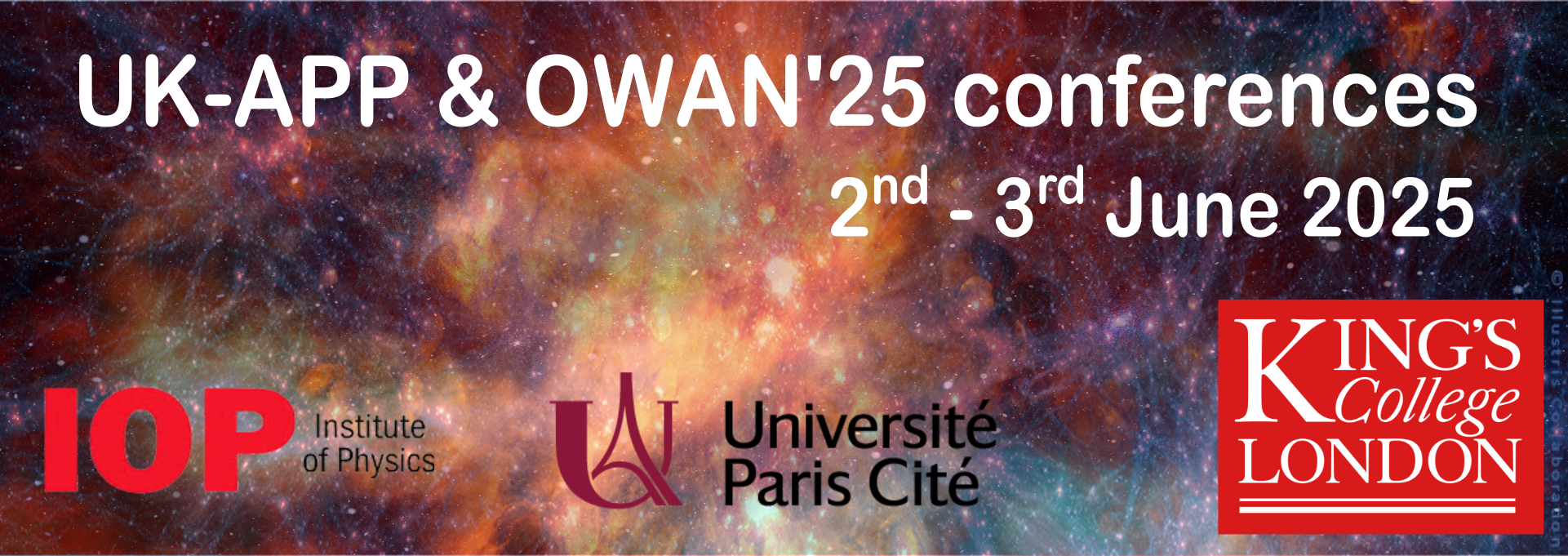Speaker
Description
This talk will discuss my work on primordial GWs from modified gravity (arXiv:2502.03573). We probe the spectrum of primordial gravitational waves (GWs) produced during the eras of hyperkination, kination, and reheating in a non-minimally coupled, $\mathcal{L} \propto (1+ \xi \chi /M_{\text{Pl}})^t (R+\alpha R^2)$, modified gravity model using the Palatini formulation under a runaway inflaton potential. The coupling order $t$ is varied to examine a large class of theories up to $\chi^2 R^2$. For models with $t>0$, reheating is not achieved naturally; hence, we supplement such theories with a reheating mechanism based on the interaction of inflaton and radiation produced at the end of inflation due to cosmological expansion, which gives successful radiation domination with $T_{\text{reh}} \sim 10^8$ GeV. We demonstrate that the energy density of the GWs is enhanced as a function of the coupling during kination for all considered theories, and a short-lived phase of hyperkination, a result of $R^2$ in Palatini, truncates the boost and avoids the over-production of GWs. Our work provides another strong hint towards the inclusion of $R^2$ terms. The spectrum remains flat for the period of hyperkination and reheating. We find that as we decrease the order of the coupling, the spectra shift towards a more observable regime of future GW experiments. We also highlight the observability of GWs from the minimal Starobinsky model and the availability of wide parameter space. The observation of the plateau during reheating will constrain the $H$ and $\Omega_r^{\text{end}}$ values, while the spectral shape of the boost obtained during kination will confirm the nature of the theory. The bounds from hyperkination lie in the kHz-GHz frequency range. If observed, it will confirm an important prediction of inflation and the existence of a modified theory of gravity. In this talk, I will focus on GW production during the very early universe and its observational signatures today.

